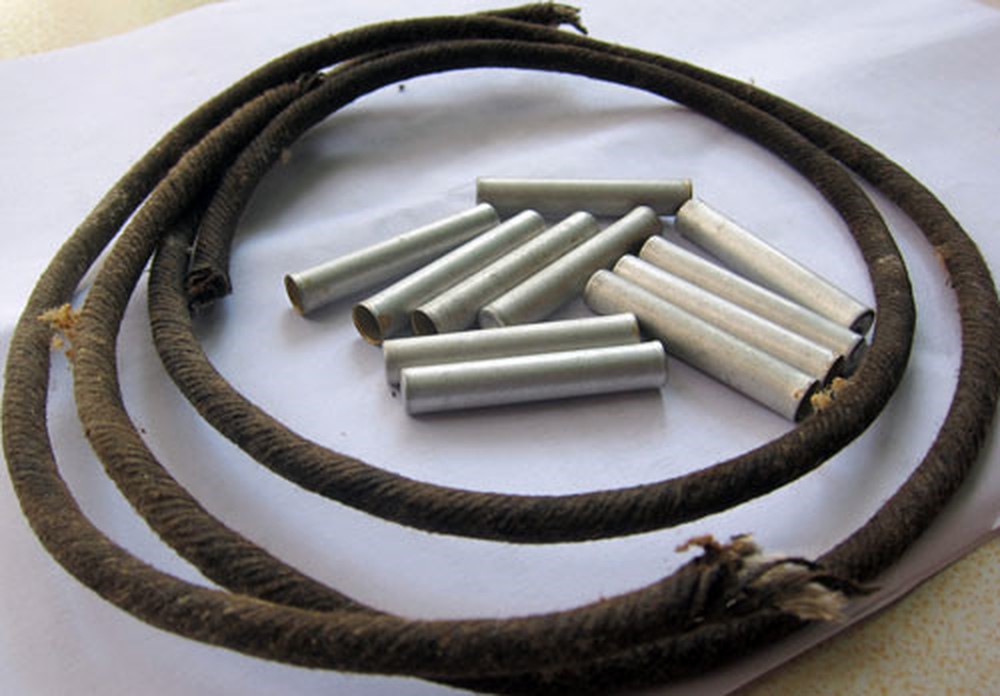Circular 32: Regulations on Safety in the Production of Explosive Detonators
The Ministry of Industry and Trade issued Circular 32/2019/TT-BCT stipulating National Technical Regulations on safety in the production, testing, acceptance, storage, transportation, use, disposal of industrial explosives, and the storage of explosive precursors.
at Article 18 of the National Technical Regulation on safety in the production, testing, acceptance, preservation, transportation, usage, and destruction of industrial explosives and the preservation of explosive precursors issued together with Circular 32/2019/TT-BCT stipulates safety in the production of various types of detonators, specifically:

Illustration (source: internet)
- Materials before being used to produce detonators must be inspected as stipulated in Clause 8, Article 5 of this Regulation.- It is permissible to use metals or materials that do not spark (aluminum, copper, copper-plated iron, etc.) upon impact, drop, or friction to make detonator casings. It is not allowed to use flammable metals to make detonator casings for use in mines with gas explosion or dust explosion hazards.- The quality of explosives filled into detonator tubes must be prepared and tested to meet the specified parameters including primary explosives, secondary explosives, ignition explosives for No. 8 electric detonators, delay explosives for differential electric detonators, safe differential electric detonators, non-electric differential detonators, LP non-electric slow differential detonators; electric primers for all types of electric detonators before being transferred to the detonator production site.- The amount of explosives to be loaded into a detonator and the number of detonators at one workplace station must not exceed the amount and number calculated according to the technological process.- The table for detonator work must be lined with a soft mat, and the table must be surrounded by a wooden edge not less than 2.0 cm high. The floor must be covered with a soft mat.- Do not drop or impact loaded detonators during the loading of explosives or initiation assemblies.- Packaging and packing regulations for detonators:
- Detonators of the same type (same type, intensity, detonator index) and from the same production batch must be stored in one detonator box. When arranging, they must be padded tightly with soft materials that do not generate sparks due to friction and static electricity to prevent shifting and impact during transportation.- Various types of electric detonators, differential electric detonators, after being fully manufactured, must have their uncoated wire ends twisted together, labeled with the detonator index, and delay time or slow ignition time.- Fully manufactured non-electric differential detonators should be bundled using soft cables, each bundle of detonators should be preserved in a sealed bag (PE or composite film), then the bags are stored in reinforced cardboard boxes. The storage quantity in the bag and cardboard box depends on each product as specified by the manufacturing organization.Refer to other regulations in Circular 32/2019/TT-BCT, which takes effect from July 01, 2020.
Thu Ba
- Number of deputy directors of departments in Vietnam in accordance with Decree 45/2025/ND-CP
- Cases ineligible for pardon in Vietnam in 2025
- Decree 50/2025 amending Decree 151/2017 on the management of public assets in Vietnam
- Circular 07/2025 amending Circular 02/2022 on the Law on Environmental Protection in Vietnam
- Adjustment to the organizational structure of the Ministry of Health of Vietnam: Certain agencies are no longer listed in the organizational structure
- Vietnam aims to welcome 22-23 million international tourists in Vietnam in 2025
-

- Notable new policies of Vietnam effective as of ...
- 16:26, 11/04/2025
-
.Medium.png)
- Notable documents of Vietnam in the previous week ...
- 16:21, 11/04/2025
-
.Medium.png)
- Notable documents of Vietnam in the previous week ...
- 16:11, 02/04/2025
-
.Medium.png)
- Notable new policies of Vietnam to be effective ...
- 16:04, 02/04/2025
-
.Medium.png)
- Notable new policies of Vietnam effective from ...
- 14:51, 21/03/2025
 Article table of contents
Article table of contents
